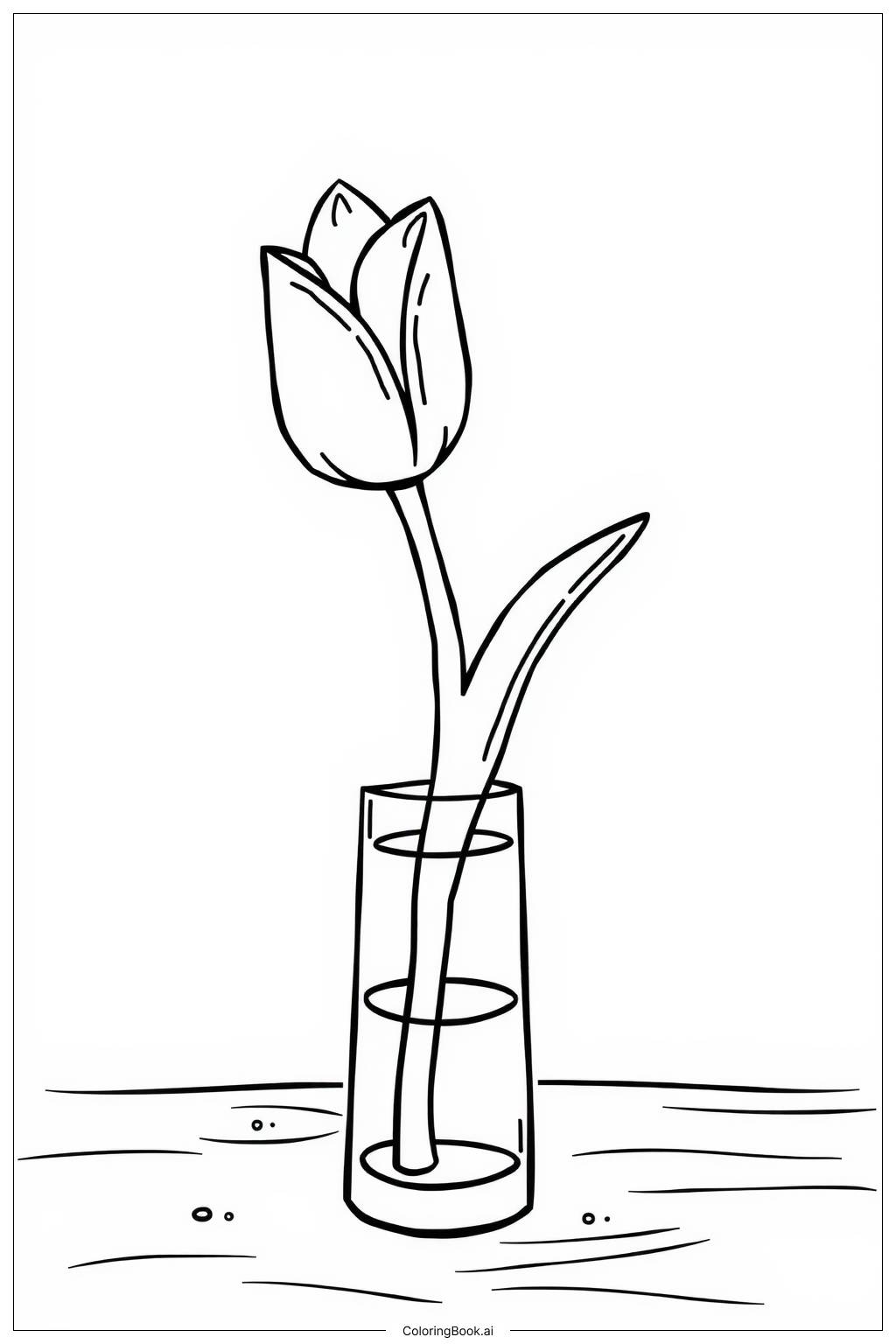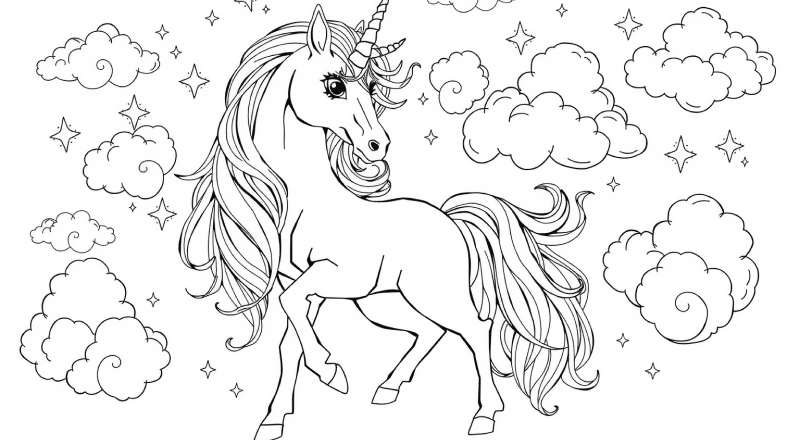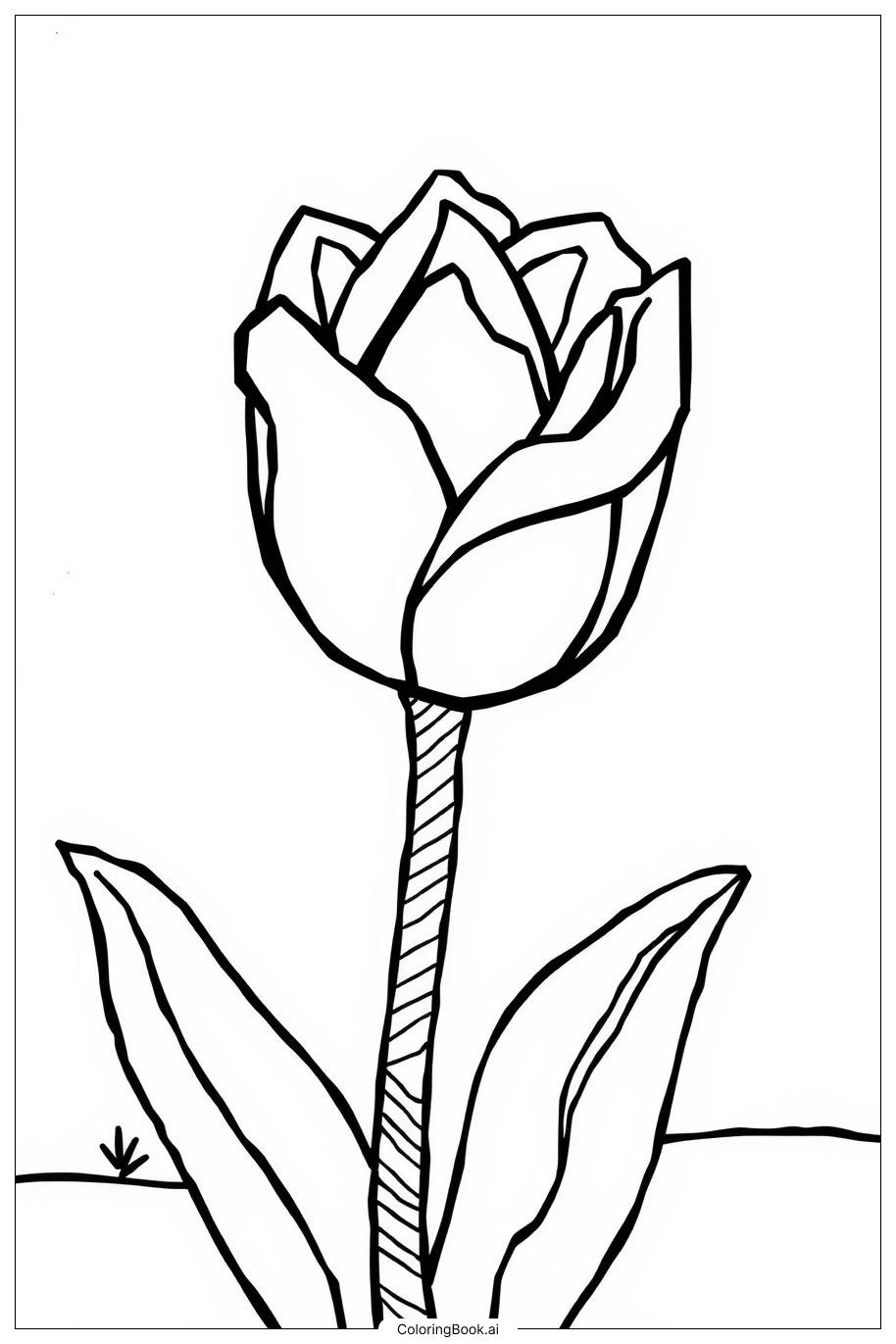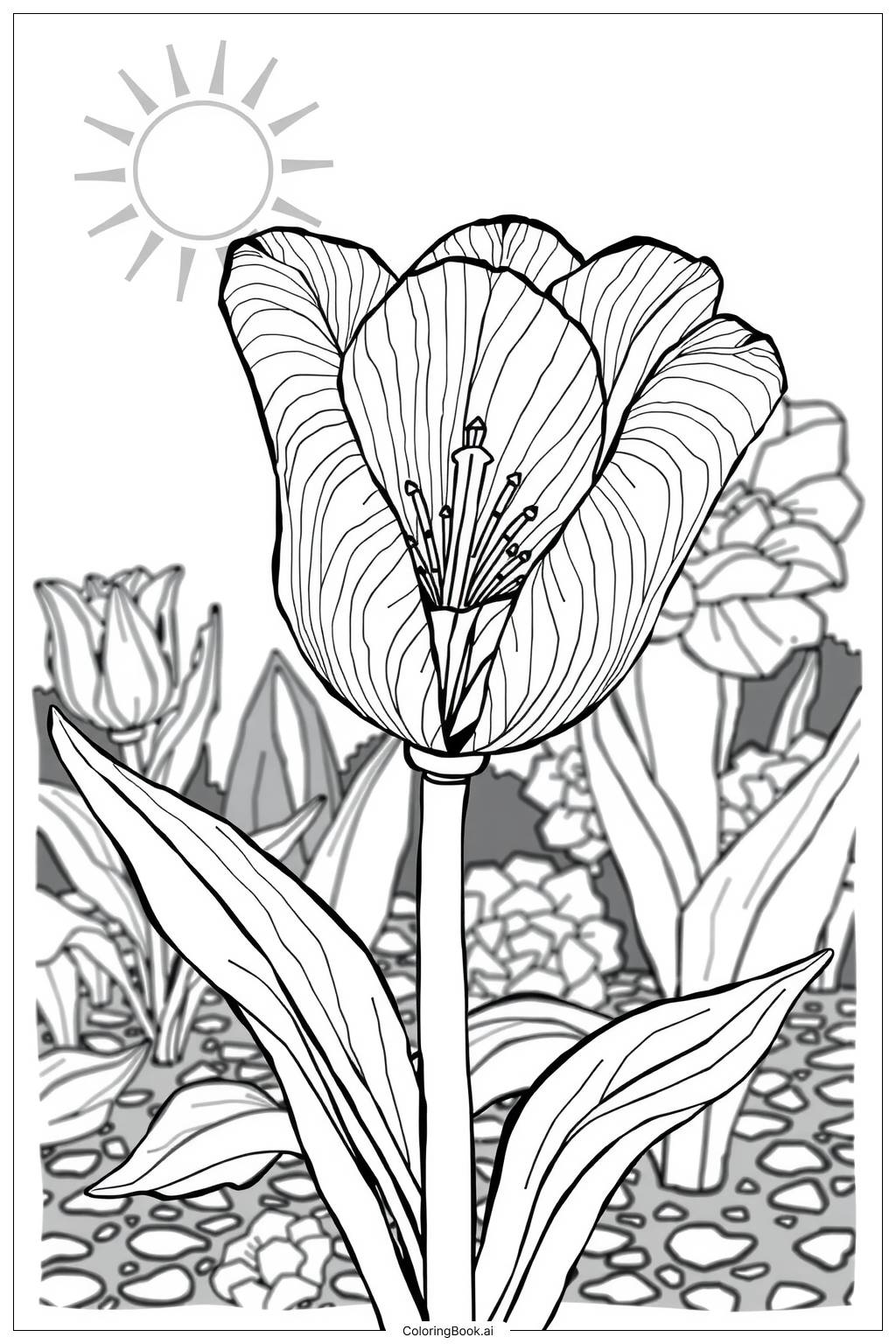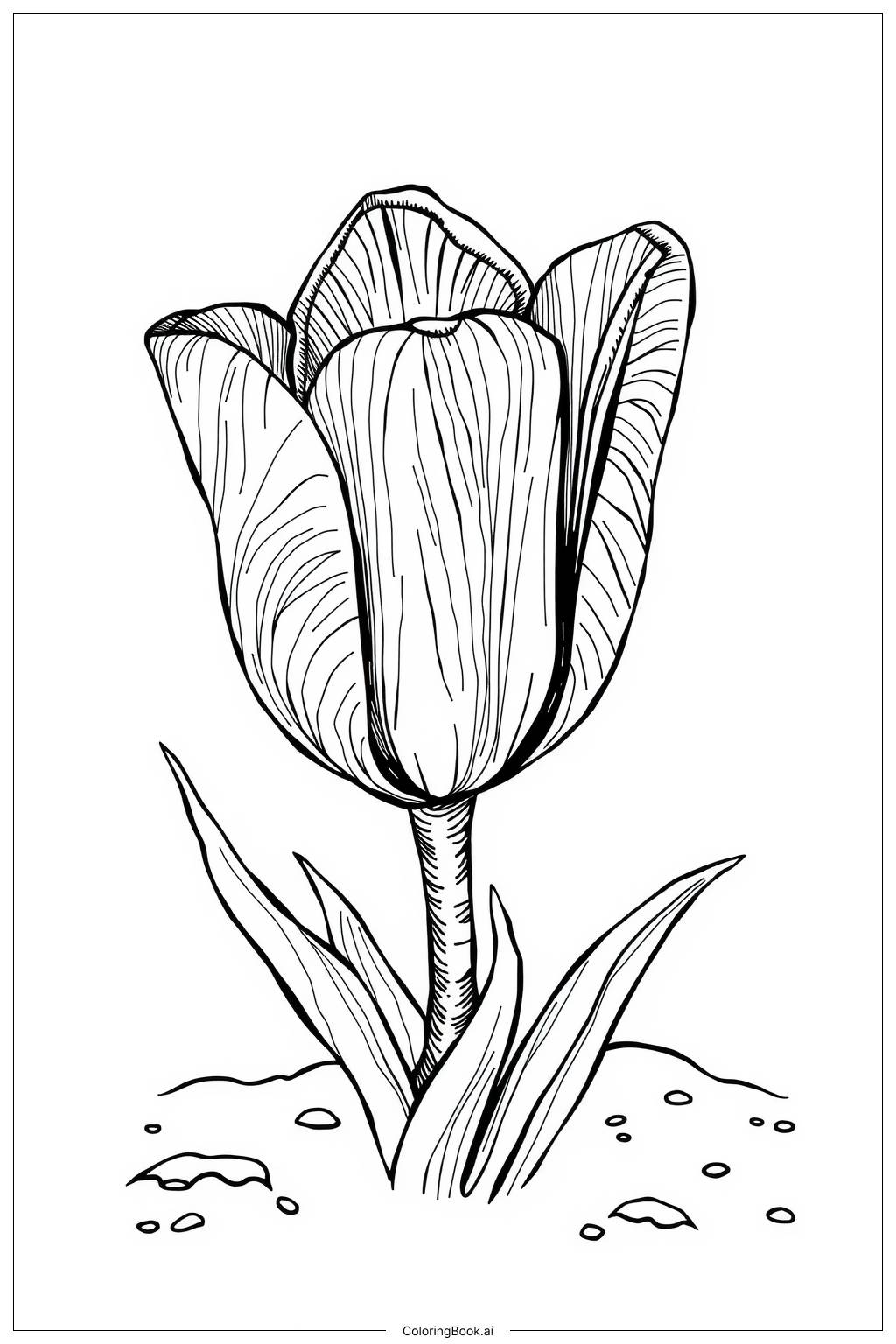Coloring tips: How to color Tulip in a Glass Vase coloring page well?
When coloring the tulip, consider using a warm color palette. Red, pink, or yellow shades can bring the flower to life. You might blend colors together for a more realistic look. For the vase, light blue or green can represent glass effectively. Adding some shading will give the vase depth. The water in the vase can be a lighter blue or teal. For the table, a light brown or beige can create a natural wooden effect. Encourage kids to think creatively, perhaps adding patterns or designs to the vase or table.
Coloring challenges: Which parts are difficult to color and need attention for Tulip in a Glass Vase coloring page?
1. The tulip has many curves and details, making it tricky for beginners to color within the lines. It requires careful control of the coloring tool. 2. Achieving realistic shading in the petals can be challenging. Kids might find it hard to blend colors smoothly. 3. The glass vase may be difficult to color. It requires a good understanding of how light reflects off glass, which can be complex for young artists. 4. Choosing the right colors that complement each other while keeping the tulip vibrant might create some confusion. 5. Adding water reflections in the vase can be a fun but tricky task that requires a bit of skill in using light colors.
Benefits of coloring books: Advantages of drawing Tulip in a Glass Vase coloring page
Coloring this tulip image has many benefits. It helps children improve their fine motor skills as they practice coloring within the lines. They also learn about color theory by mixing and matching colors. This activity encourages creativity and self-expression, allowing kids to make unique art pieces. Coloring can be very relaxing and reduce stress, helping kids to focus better. Additionally, sharing this artwork with family or friends can enhance their communication skills and boost their confidence.
